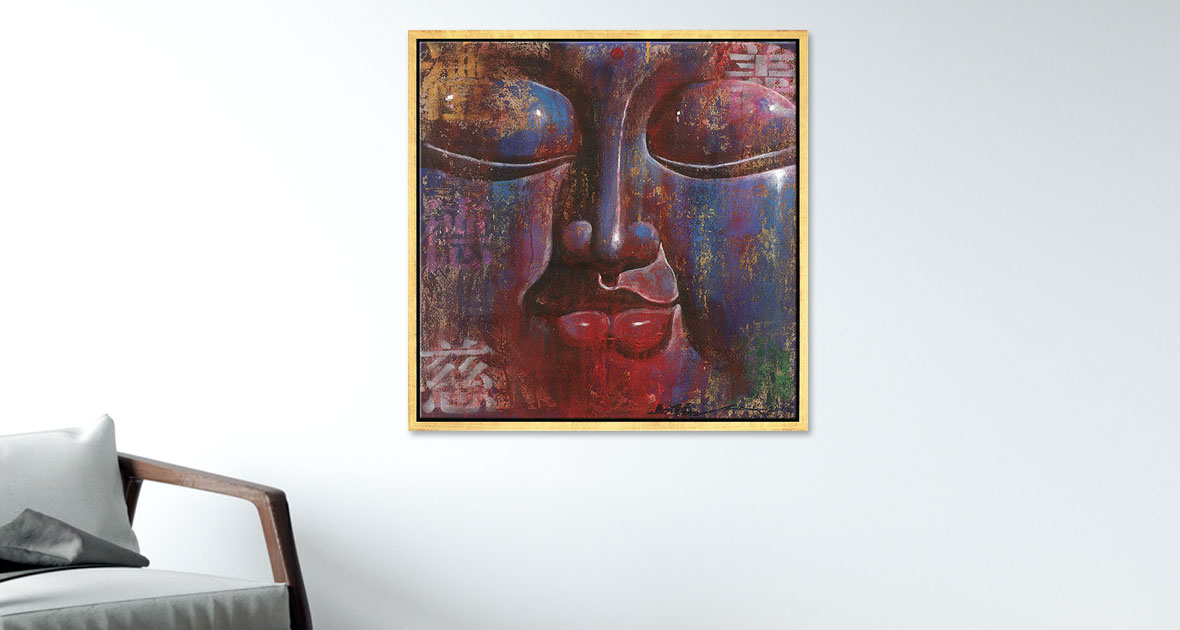
The Old, the New and the Art of Quotation
The new displaces the old, only to be replaced soon afterwards by the very latest. This principle does not apply in the world of art. Here, the new must compete with the old, which is always present as a model and a horizon of allusion.
Many artists consciously accept this challenge. The ground-breaking work of Auguste Rodin would simply be inconceivable without his intensive engagement with the tradition of ancient sculpture, and when Jean-Claude Cubaynes revives the garden splendour of a Monet, or Ma Tse Lin uses classical representations of Buddha, these artists respectfully model their work on the old. Moreover, it is a phenomenon that can be observed across the boundaries of different art traditions: Van Gogh's enthusiasm for Japanese woodblock prints had a great influence on his work, and Ukata Arua's work combines ancient African tradition with the ideas of Western European modernism.
Thus, the new does not displace the old but rather expands the world of art. And so it is not the succession of calendar years but the sum of years of life that could serve as a metaphor for the old and the new in art: As a sum of (art) experiences that pave the way for new creativity.




